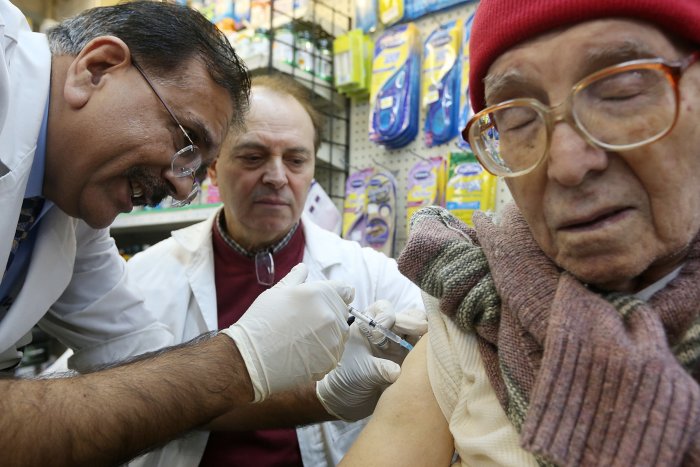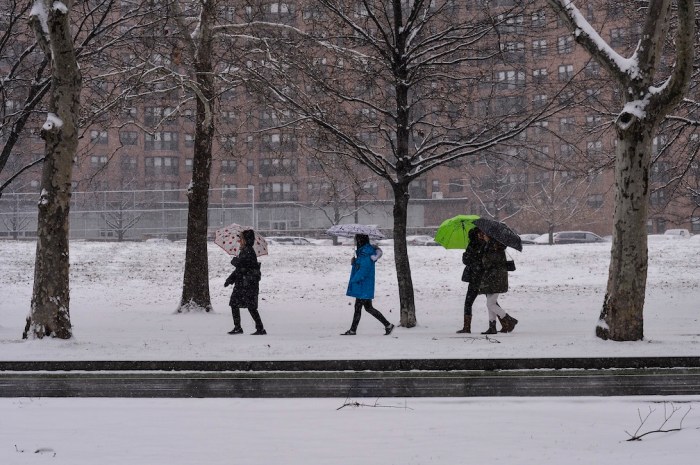Weather forecasts can show a storm brewing over the ocean, predicting when it will hit land so that residents can prepare. What if the same could be done for the flu?
Scientists at Columbia University’s School of Public Health have developed a system that can predict the geographic spread of influenza, providing a forecast for when the illness could reach certain areas.
“The aim is to try to take some of the methods we use in numerical weather prediction, and see if it can apply to an infectious system,” said Jeff Shaman, a Columbia professor and senior author of the study on this system.
A flu forecast would show how likely it is that the infection will peak within the next few weeks, how many cases of the flu will occur and where the “surges” of sickness will be.
This would help the medical field better prepare to handle all the incoming patients. Health centers are often short on beds, medicine and vaccines during flu season, because the infection varies so much every year.
There are other models to predict the spread of infections, Shaman said, but they don’t really simulate how people come into contact with one another, which is how diseases spread.
To factor that in, this system uses commuting patterns — specifically, the rates at which people work in one location and live in another — along with the latest data on a flu outbreak.
“It can’t predict first cases, but it can predict the onset, when [the flu] rises above the noise,” Shaman said.
Shaman has been working on systems to forecast the flu for about a decade. They’ve gotten better — his team plans to use this latest system to make online forecasts for the 2018-19 flu season — but the work still has a ways to go.
“Over the last 60 years, weather prediction accuracy has improved enormously, almost a straight slope of improvement,” he said. “There were no satellites in 1955 — they didn’t know a hurricane was out in the ocean. Now, they have continuous observation. … We need this kind of investment for infectious disease.”
Shaman hopes one day a flu forecast will be the norm, even showing when infections will first start — arguably more useful information than tomorrow’s weather.
“One of the great things about infectious diseases, unlike weather, is you can do something about it,” he said. “If you have preventative measures, you can deploy them appropriately. It’s really a great benefit to both individuals and the population at large.”
























